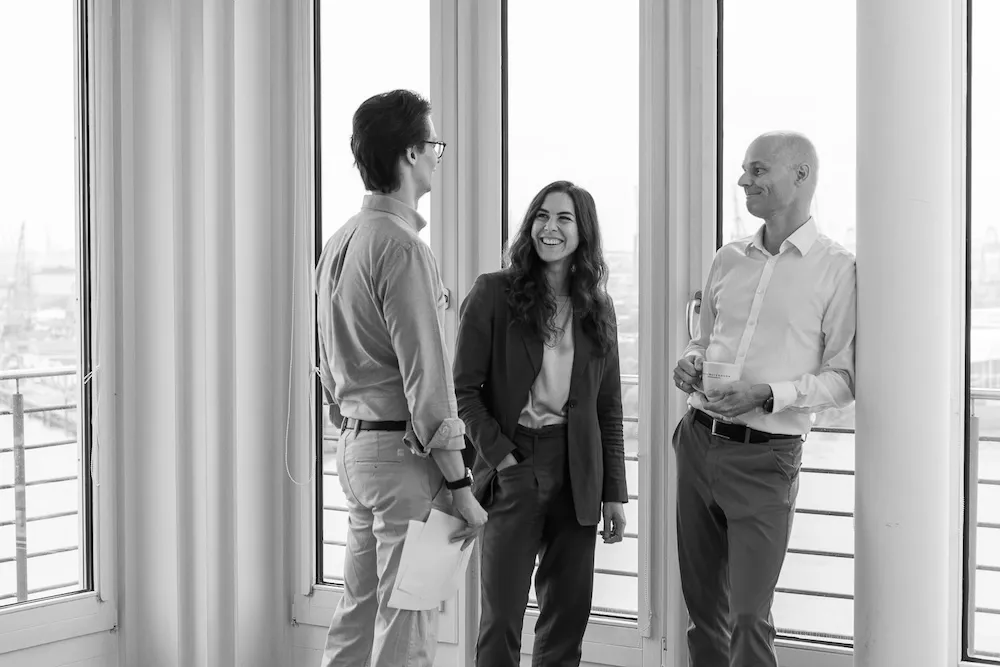Why spend money on IP?
The subject of the report is the influence of intellectual property rights (IPR) on the economic performance of companies in the EU.
The main findings of the study are: Companies that own IPR achieve on average 23.8% higher sales per employee compared to companies without IPR. After accounting for factors such as industry, company size and location, this advantage increases to 41%. Employees in companies with IPR receive on average 22% higher wages than their colleagues in companies without IPR. Small and medium-sized enterprises (SMEs) benefit particularly from IPR. Although only about 10% of EU SMEs own registered IPR, they report a 44% higher turnover per employee compared to SMEs without IPR. Companies that combine several types of IPR, such as trademarks and designs, see the highest increases in turnover per employee.
Consequently, there is a clear positive correlation between the ownership of IPR and the economic performance of companies in the EU. And a considerable potential for SMEs in particular to increase their competitiveness and profitability by acquiring and using IPR.The results underline the need to raise awareness of the benefits of IPR.
You might also be interested in this
The enforceability of EUIPO cost decisions is an issue that often plays a secondary role in trademark law practice. However, according to Art. 110 EUTMR and Art. 71 of the EUDR, any decision by the Office that fixes costs constitutes a directly enforceable title in all EU Member States.
On the ruling of the Hanseatic Higher Regional Court of 10 December 2025 (Ref. 5 U 104/24). We summarise the extensive decision, analyse it, and provide an outlook on the further proceedings.
Almost exactly one year after filing its lawsuit against OpenAI, GEMA achieved a major victory against the US AI company before the Regional Court of Munich. The court ordered OpenAI to cease and desist, provide information and pay damages.
Geographical origin or mere recipe? While new trends may have emerged on social media, the legal battle over this phenomenon continues. The Higher Regional Court of Cologne ruled in four cases that “Dubai chocolate” is (still) considered an indication of origin under trademark law.








